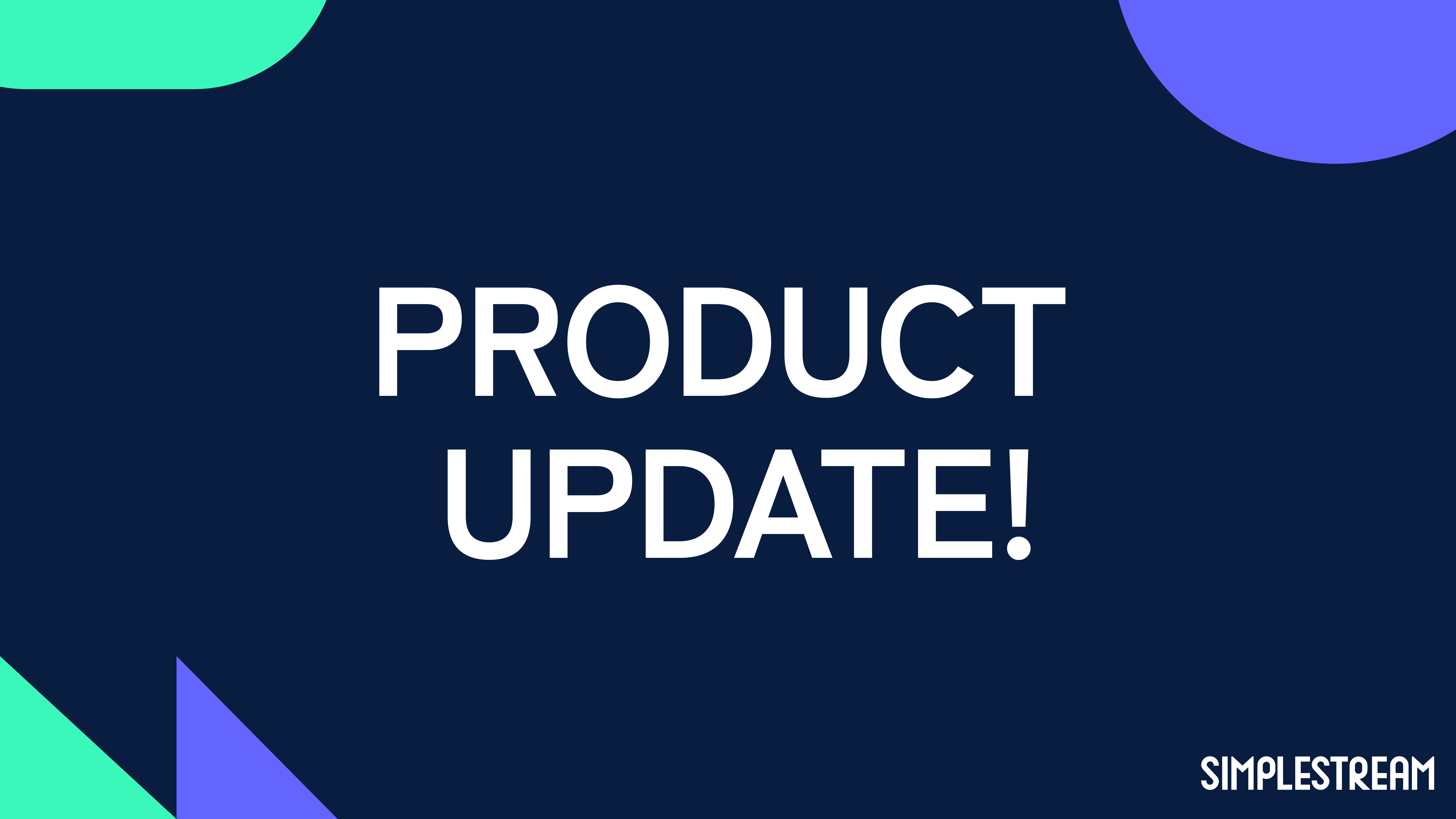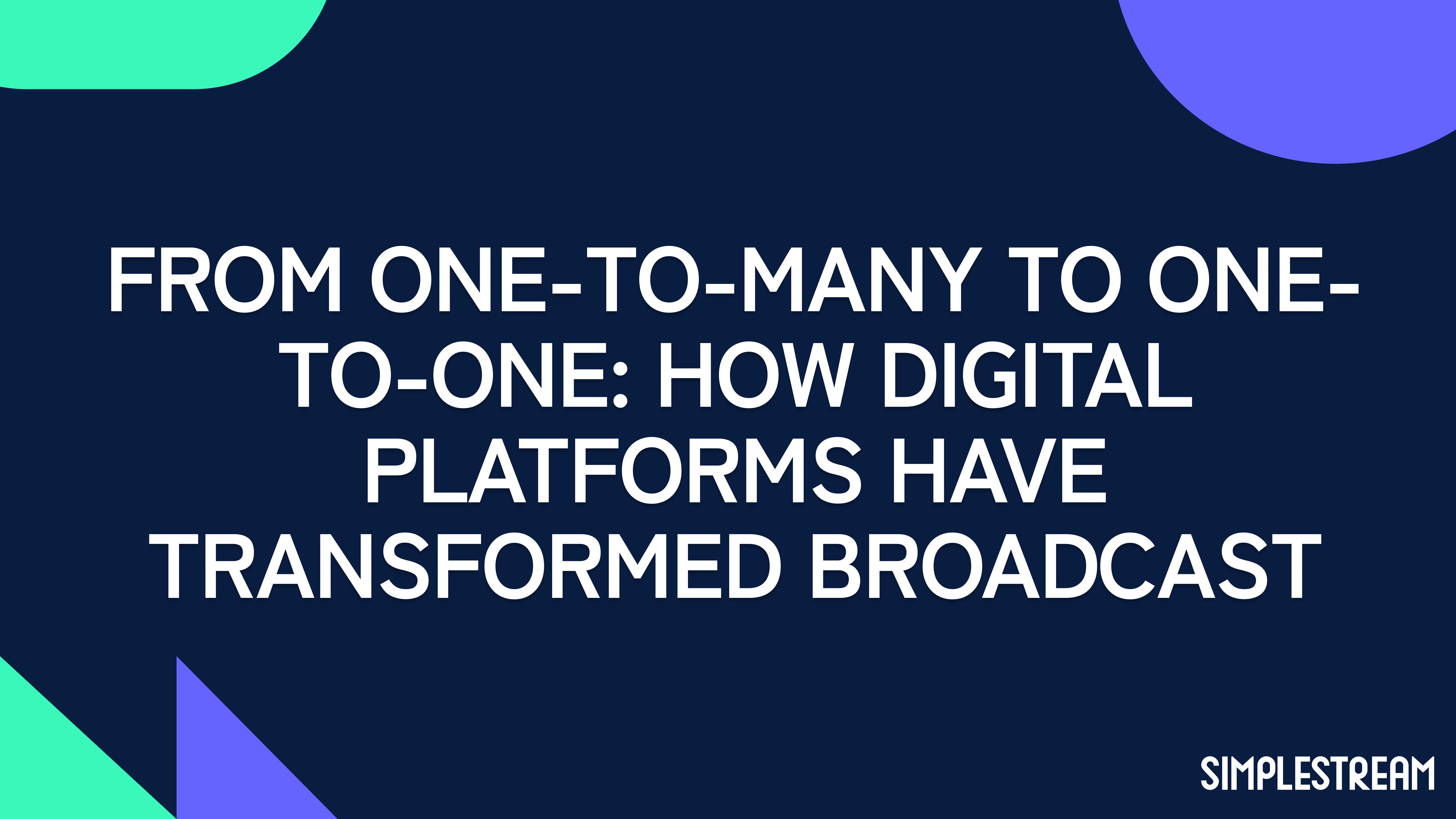Server-side vs client-side ad insertion, which is best?
Targeted advertising: learn about the main difference between server-side (SSAI) and client-side (CSAI) ad insertion methods and why this matters to you.
SSAI vs CSAI? This is a good question to ask yourself when choosing a delivery method for your advertising-supported service. Bearing in mind that there are differences to consider, depending on whether you have live streams, VOD content, or both.
Advertisers are investing heavily in the OTT market, exceeding $2 billion in 2022. Big streaming services now offer cheaper or free options with ads to attract more viewers. AVOD services are growing faster than subscription services, so it’s a good time to use an advertising-supported model.
When deciding to use an ad-supported model for your OTT service, there’s a lot to consider. This includes deciding between SSAI and CSAI. Read on to learn which is best ⬇️
What is SSAI and how does it work? 🍏
SSAI creates a similar experience to regular TV ad breaks for viewers. It’s seamless, as the viewer isn’t waiting for the ad to begin playing. The content doesn’t pause, it’s continuous, with no delay between content and ads. This technology enables the smooth delivery of ads into content, which also prevents them from being blocked.
What is CSAI and how does it work? 🍊
CSAI differs in that it does not directly stitch together the content and ads. The viewer will see the transition between the content and ads. The content will pause before the ads start playing. Viewers can block advertising when it is inserted in this way, allowing them to view content for free.
Setting up SSAI is quicker than setting up CSAI because it does not require coding. It also offers greater control over the deployment of ads on your service. Ad blockers don't work on this method, so they offer a greater return by getting in front of more viewers. Another benefit is that viewers have a more seamless experience with the ads stitched directly into the content without latency.
So when comparing CSAI vs SSAI, it really is apples and oranges.
%20(1).jpg)
Targeted and relevant ads 🎯
Both delivery methods can provide targeted and relevant ads to the viewer. This is a major advantage when comparing digital advertising to traditional broadcasts. If a viewer consents to sharing their data, it can be used to provide targeted ads. This means a higher CPM for the ads you serve because of the increased relevancy to the viewer.
Addressable advertising
Addressable advertising is how advertisers deliver relevant messages to target audiences based on individual signals. Lately, it has used fewer third-party cookies and instead other signals such as publishers, advertisers and real-time bidding. An external signal, like the weather in the viewer's location, can trigger real-time bidding for ads which are relevant. One example could be an ad for a car tyre which performs well in wet conditions.
SSAI benefits 🚀
- Well-suited for linear and live streams, or VOD
- Instant deployment across multiple platforms – SSAI is deployed once on the backend and can be instantly applied to an unlimited number of applications
- Prevents ad-blocking by seamlessly stitching ads into content
- Supports insertion of ads over a linear slate, so no black screens
- No SDKs required – totally codeless integration, no regular code updates required
- Rich tracking and metrics for ad performance reporting
- Programmatic ad requests, including targeting and consent data
- Adverts are transcoded into multiple renditions, to match the bitrates of the content
- Higher ad fill rate generating more impressions – the average completion rate for SSAI ads on live is 98% – based on a real customer sample (June 2022)
CSAI benefits 💥
- Can support skippable, clickable and closable ads
- Rich tracking and metrics for ad performance reporting
- Can be deployed without ad markers
Data rights and advertising ⚖️
Before you start serving personal ads to viewers, you need their consent to use their data for this purpose. You need a consent management platform (CMP) integrated with your applications and web services, as without it you aren’t complying with data regulations. At Simplestream, we provide CMP integration in all our applications through Sourcepoint, to comply with GDPR, ePrivacy, and CCPA regulations.
Your choice of ad server 🔌
It’s not as simple as plug-and-play when it comes to ad insertion, but it could be with the right tech partner. Once you’ve made your choice of ad delivery method, you’ll need an ad server to provide these ads when a request is made. Simplestream has existing relationships with several ad servers including Google Ad Manager, SpringServe, FreeWheel, and SuperAwesome.
%20(1).jpg)


